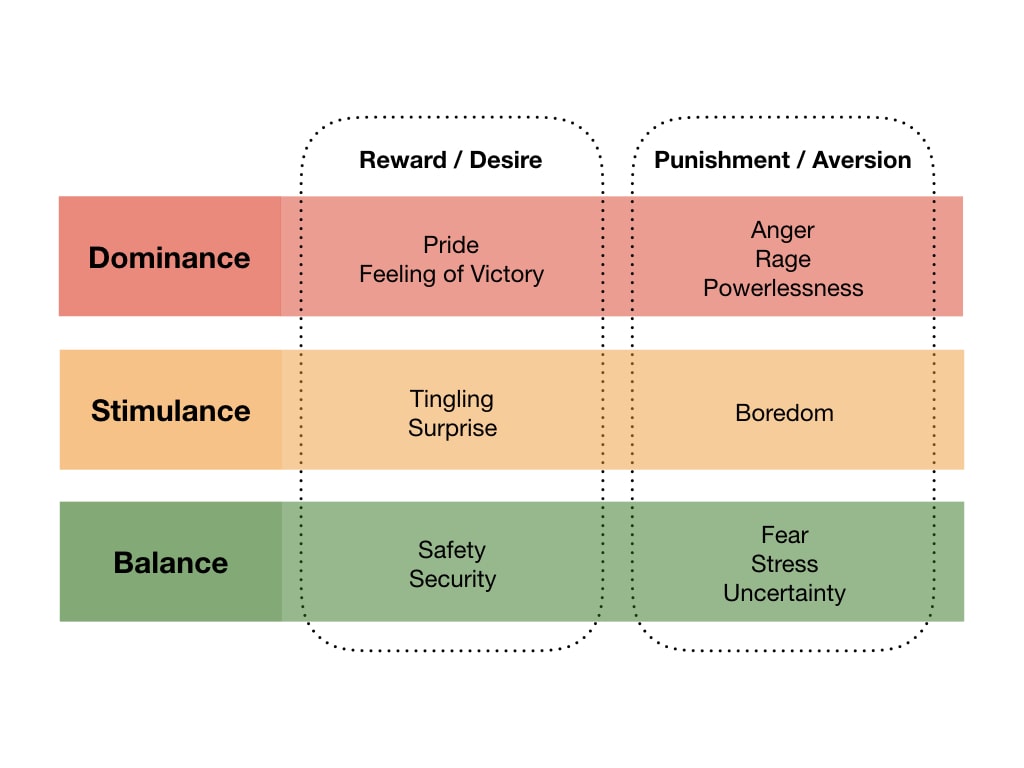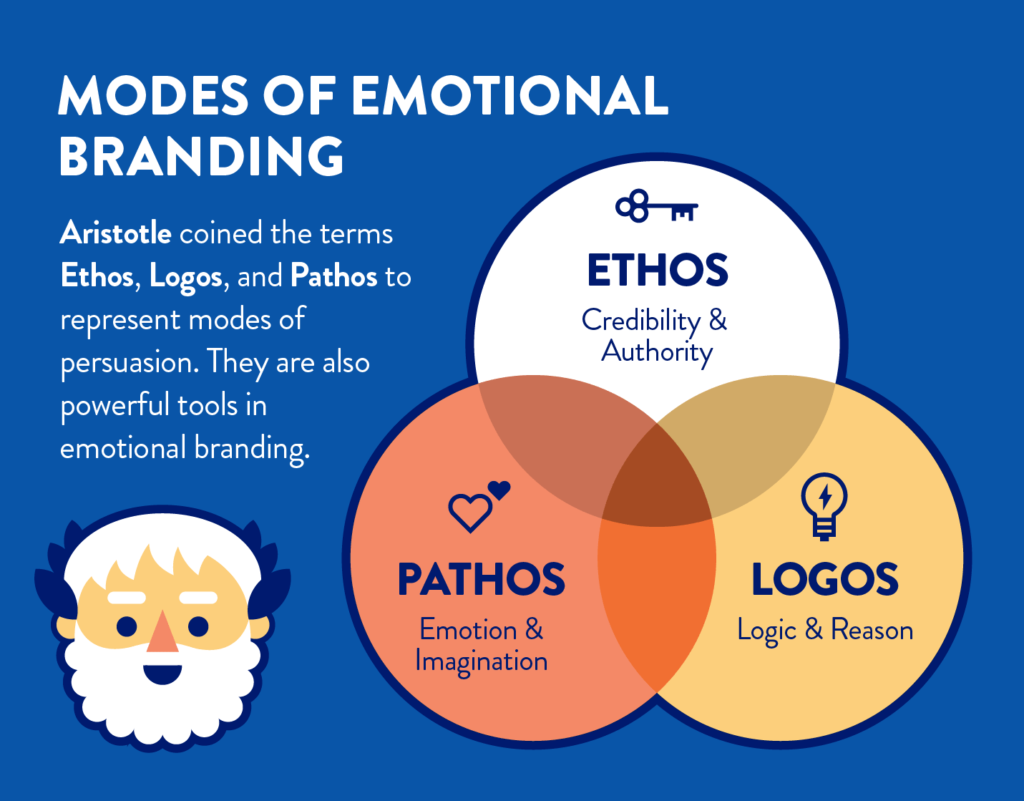
01 Feb Emotional Marketing Strategies: Hope, Comfort and Confidence
Emotional Marketing Strategies: Hope, Comfort and Confidence
There’s no denying that the last few years have been harsh. New challenges and changes affected every industry, and traditional marketing practices have had to undergo a revamp.
Staying relevant has never been so essential. Promoting hope, offering comfort, and inspiring confidence is paramount for every business in today’s world.
Get it right, and you can foster memorable connections, create conversations, and build lasting relationships with your customers. This is where emotional marketing comes in.
Learn the fundamentals and how every business can embrace and incorporate emotional marketing strategies into their campaigns below.
The Fundamentals Of Emotional Marketing

Emotional marketing incorporates psychological triggers to achieve various outcomes.
This includes evoking specific emotions in customers, helping them remember a product or brand, and motivating the target audience to purchase, click, call, visit, or act in another way that results in closer brand contact.
In most cases, emotional marketing is used in creative campaigns that send a bold brand message.
But that’s not the only application. You can use the principles of this style of marketing to inform almost every decision you make regarding brand-customer connections, from chatbot language to homepage images.
The idea behind focusing on emotions is that those feelings are the key to making a powerful first impression that motivates customers to act.
Emotions, memory and gut reactions
When stimuli from the outside world arrive in the part of our brains called the thalamus, they head straight to the amygdala, which is the organ’s ancient emotional centre, AKA our reptilian brain. From there, the stimuli progress to the neocortex, which is responsible for rational thinking.
The amygdala processes stimuli a few milliseconds before the neocortex, sometimes leading to us acting irrationally.
If the stimulus is a strong emotional trigger, it hijacks the amygdala—and that’s when we experience intense emotions such as anger, anxiety, excitement, joy, or stress.
Emotional marketing uses triggers to create a positive amygdala hijack that aims to dispel customers’ fear of moving beyond their comfort zone and motivate them to try a new product or service.
A strong emotional experience is also likely to leave a more potent memory of that experience.
The result is a lasting brand impression. Psychologists at Princeton University found that we form first impressions of a person or experience in less than a second, thanks to the amygdala.
Those first impressions spur us into action, something that some individuals refer to as ‘gut instinct’ or ‘gut-level decisions.’
Effective emotional appeals
The powerful effect of emotions on the brain, impressions, and decisions makes them a crucial aspect of any marketing campaign.
According to an analysis of 1,400 case studies from the UK-based Institute of Practitioners in Advertising, advertising campaigns with purely emotional content performed twice as well when compared with campaigns that had purely intellectual content.
The trick is to leverage emotions without being manipulative or forceful. You need to know what kind of response you want to trigger in the target audience and why you want to trigger that response if you want to use emotional appeals.
You can create a complex experience that reaches as many people as possible by leveraging various emotions.
Examples of emotions you may trigger include acceptance, anger, anticipation, disgust, fear, joy, sadness, and surprise.
However, before you can start planning an emotional marketing strategy or campaign, you need to scrutinise your audience.
You can learn their anticipations, concerns, fears, joys, and pain points by studying them. This can help you predict how they will react to your message.
Emotion inspires action
Numerous studies have shown how different human emotions can inspire or motivate different actions.
Anger and passion drive stubbornness, which in turn propels brand loyalty and viral content. They’re strong emotions that encourage content sharing, as shown by studies of the effect on content built to evoke anger and anxiety.
Happiness drives sharing, which in turn leads to increased brand awareness. Positive content spreads faster on social media than all other types of content, as people are happy to share something that makes them happy.
Sadness inspires us to connect with others and empathise with them, leading to altruism, improved giving, and acting on behalf of others.
Studies show that when sadness is triggered in people, the emotion urges them to reach out and help others.
Surprise and fear motivate us to stick to what’s comfortable, leading to greater brand loyalty.
Rather than generating negative feelings toward your brand in customers, fear in emotional marketing content can make customers more attached to your brand.
Benefits of emotional marketing

Effective emotional marketing can benefit your brand in various ways:
Emotional marketing drives customer loyalty and creates brand advocates – A study found that customers with an emotional connection to a brand have a 306% higher lifetime value than satisfied customers. They also are 71% more likely to recommend the brand.
Emotional advertising can influence purchasing decisions – As mentioned above, the Institute of Practitioners in Advertising data found that 31% of adverts with emotional content succeeded, compared with 16% of adverts focused on intellectual or rational content.
Emotional marketing makes your brand memorable – People are more likely to remember emotionally-charged events. Make an emotional impact on your audience to remember your brand and content.
Emotional content is more shareable – People share things that evoke emotions, whether positive or negative. If your marketing content triggers emotions, your audience is more likely to share it.
How To Create A Culture Of Caring
As we saw above, one of the basics of emotional marketing is creating a community with a caring culture and then inviting your audience to be part of the group.
The feelings of acceptance, excitement, and friendship this generates can increase brand loyalty.
Your community-building content creates a bandwagon effect that keeps individuals interested in the group by tapping into various psychological triggers.
This, in turn, drives greater brand loyalty. Create activities that group members can participate in and encourage them to use hashtags when sharing images and other social media posts.
Supporting a good cause is another way to create a caring culture among your audience.
A SheerID survey found that consumers who were most negatively affected by the ongoing pandemic said they branded brands to demonstrate care for people by making donations, providing additional benefits, and supporting medical workers.
Building A Customer Connection – And Retaining It
It’s not enough to build a connection with your audience through emotional marketing. You also need to retain that connection and enhance brand loyalty through an ongoing sense of belonging and camaraderie.
Subaru is an excellent example of ongoing customer connection and camaraderie. Subiefest gives enthusiasts and companies that support the vehicle brand a chance to connect.
The Subaru Drive magazine features a variety of topics that create the sense of the brand being more than a vehicle manufacturer—it’s a lifestyle.
The community created by the brand propels the bandwagon effect mentioned above. This effect sees group members strive for harmony among themselves.
The cornerstone of that sense of harmony is the brand itself, which means the group is less likely to choose another brand.
Incorporating Visuals That Matter
We process images 60,000 times faster than we process text. What’s more, we’re attracted to pleasing visuals.
Incorporate meaningful visuals into your emotional marketing content and strategies to increase the amount of attention they get and the interest they generate.
You’ll find it more difficult to tell your brand story if you rely on text without visuals that matter. The visuals should complement brand statements regarding individual attitudes, aspirations, and experiences.
Crafting The Right Message

Established psychological patterns inform the following emotional marketing basics for crafting the right message:
Stimulate curiosity – Develop a concept or idea that your audience has never considered. They’re likely to remember the incredible experience more accurately.
Make your content relatable – People are attracted to others they can relate to. Speak your audience’s language in your marketing content to ensure your message reaches the right people at the right time in the right place.
Re-envision the mundane – Create a Wow! effect, even when marketing the most mundane products or services. Re-envisioning even the most ordinary things visually captivatingly will impact your audience because we are better at remembering what we see than we are at the things we hear.
Provoke and tease – Use controversial stories, unusual characters, and bold statements in campaigns that make your audience re-think their choices and pay more attention to your brand, products and services.
Invite reflection – Use emotional marketing to invite your audience to take time to reflect on deep topics. A few example topics include the meaning of success, the importance of family bonding, and mental health.
Invite your audience to join the community – Use your brand’s social media pages to create a community that offers like-minded people a sense of belonging to make them feel happier. Invite your audience to join the group.
Make your audience smile – Laughter can decrease stress and enhance short-term memory. Create emotional marketing content that makes your audience smile to forge emotional connections and increase their chances of remembering your brand.
Don’t be exclusive – Include your whole audience in the conversation. Don’t try to appeal to one group by excluding others or playing stereotypes.
Don’t choose influencers randomly – Choose your brand representatives carefully if you work with influencers. Your ambassadors should match your brand, as audiences quickly spot a mismatch and find another brand with a greater sense of authenticity.
Creating A Conversation
Inviting your audience to reflect and inviting them to be part of the group are two fundamental elements of emotional marketing strategies. Both elements are part of creating a conversation.
According to Brooke Ballard, we use different communication levels to build relationships. Those levels can range from cliché, shallow chat to intimate personal conversations.
We use the latter to develop a closer relationship with someone. We hope that, by making ourselves vulnerable through more personal disclosure, the other person will respond by making themselves vulnerable to us.
If this happens, it creates a sense of trust, which is the proper foundation of the relationship.
What does this mean for your brand?
Ballard explained that, sometime around 2010, savvy brands stopped asking their online communities about their lunches and started engaging them emotionally by asking them about their thoughts and feelings about specific topics.
Moving beyond asking their customers about their preferences led to a greater sense of trust between those brands and their audience.
To create a conversation, Ballard recommends that you:
- Get rid of clichés such as memes and quotes
- Focus on your audiences’ feelings and opinions while using facts to educate them
- Use your audience’s responses to enhance your marketing content
- Share your feelings and opinions to avoid a one-sided relationship
Guiding Your Audience

One of the goals of emotional marketing is to guide your audience. However, before you can do that, you need to know your audience.
Do this by researching your market and competitors, especially those who have enjoyed successful emotional marketing campaigns. Use the information to:
Cultivate inspiration – Highlight a character’s achievements while convincing your audience they can accomplish the same. Some examples of this are adverts that show rags-to-riches stories or a commitment to a good cause such as social justice or the environment.
Encourage aspiration – Use emotional marketing to encourage your audience to set higher goals for themselves by showing characters achieving significant goals. The idea is to create content that implies a connection between your product or service and goal achievement.
Leverage colour – According to Color Psychology, colours can create emotional responses. Use colours to influence your audience’s feelings about your brand and products or services. For example, red is associated with love, passion, desire, energy, and power. Green with nature, harmony, freshness, and growth and blue with peace, sincerity, trust, and creativity.
Use location to reinforce brand connection – Location-based marketing content can trigger an emotional response from the locally-based audience. Your audience will feel more connected to your brand if they emotionally connect to the locations featured in your marketing imagery.
Use milestones – Using milestones such as anniversaries, holidays, and family experiences can evoke nostalgia in your audience and create a special connection between them and your brand.
Use storytelling – Telling a story that your audience can relate to can inspire them. You can use graphics and video, capitalise on a current trend, and use audio-focused content. Having the right voice for your brand can help forge an emotional connection.
Leaving A Lasting Impression
Effective emotional marketing strategies leave a lasting impression on your audience. Our recollections are more vivid when we feel anger, joy, or other intense emotions.
The memories we create in emotionally charged situations are longer-lasting than memories we create in situations to which we have little to no emotional attachment.
The connection between emotion and the stages of encoding information, consolidating memories, and recalling them has been confirmed in various studies, such as cognitive psychologist Donald MacKay’s emotional Stroop test research.
Given the global experience of the past couple of years, billions of people are looking for a sense of hope, comfort, and confidence.
You can build solid and lasting brand-customer relationships by incorporating those into your emotional marketing strategies.
The post Emotional Marketing Strategies: Hope, Comfort and Confidence is by Stuart and appeared first on Inkbot Design.



